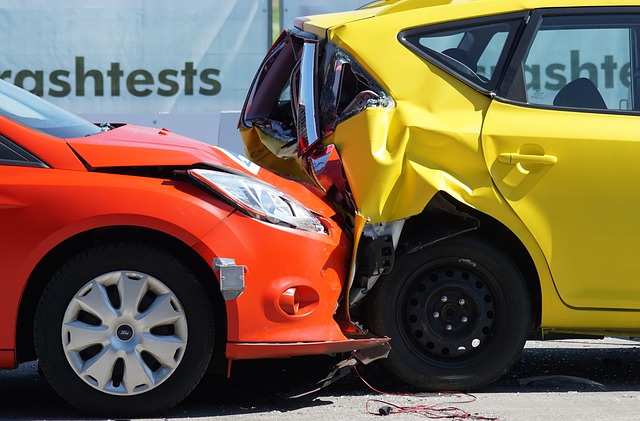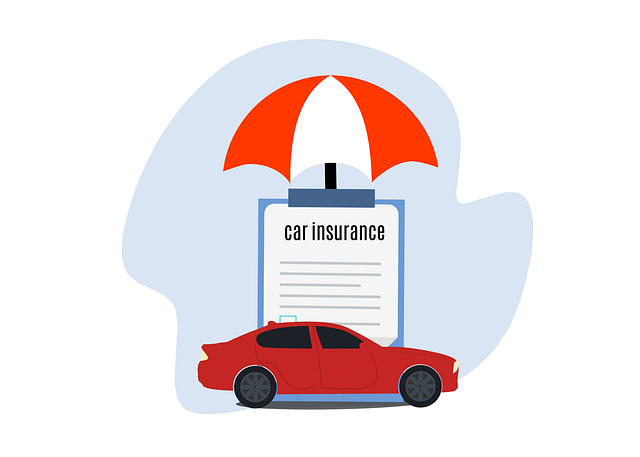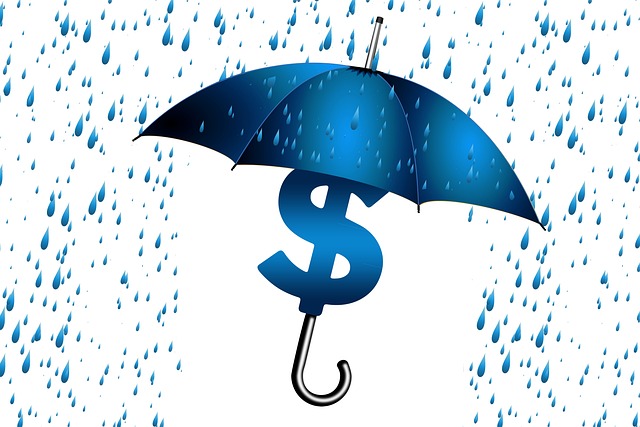Local auto liability insurance is crucial for vehicle owners, covering legal expenses and damages from accidents caused to others. For businesses, liability insurance is vital risk management, protecting against lawsuits related to property damage or injuries linked to their operations. Key factors influencing premiums include driving history, vehicle type, coverage amount, and claims history. Exclusions vary, excluding incidents like drunk driving or intentional damage. Local regulators tailor policies based on region-specific risks. Business owners should compare quotes, reviewing deductibles, limits, and exclusions to find suitable coverage at affordable rates. Adequate liability insurance benefits individuals and communities by managing risks, covering expenses, and supporting smoother operations after accidents.
Local auto liability insurance is a critical component of risk management for businesses operating within specific jurisdictions. This comprehensive guide explores the essential aspects of auto liability coverage, from understanding its basics to navigating various policy types and exclusions. We delve into why it’s indispensable for businesses, how premiums are calculated, and the role of local regulators in setting requirements. Additionally, real-world case studies highlight the implications of adequate protection, offering valuable insights for business owners.
Understanding Local Auto Liability Insurance: A Comprehensive Overview

Local auto liability insurance is a crucial aspect of owning a vehicle, providing financial protection against unforeseen accidents or damage caused to others’ property. This type of insurance is designed to cover legal expenses and damages incurred in the event that you are held responsible for an accident. It’s not just about reparing your car; it involves compensating the other party involved, including medical bills, property damage costs, and legal fees.
Comprehending liability insurance involves grasping its two primary components: bodily injury liability and property damage liability. Bodily injury liability covers medical expenses for injuries sustained by others in an accident caused by you or your vehicle. Property damage liability, on the other hand, pays for repairs or replacements to someone else’s property that is damaged as a result of your driving. Understanding these coverages ensures that you are adequately protected and prepared for any unexpected incidents on the road.
Why Is Auto Liability Insurance Necessary for Businesses?

Local businesses, from small corner stores to service stations, face various risks on a daily basis, and one of the most critical aspects of risk management is obtaining adequate liability insurance. This type of insurance is essential for several reasons. Firstly, it protects business owners from financial loss in the event of a lawsuit filed by someone who has been injured or had their property damaged due to the business’s activities. Such incidents can be costly, and without liability coverage, businesses might find themselves facing significant expenses and even bankruptcy.
Additionally, liability insurance provides peace of mind, knowing that your business is shielded from potential financial ruin. It allows you to focus on running your operations smoothly, confident that should an unforeseen incident occur, you have a safety net in place. This coverage can help cover legal fees, medical expenses, and settlement costs, ensuring the stability and longevity of your business.
Key Components of a Standard Auto Liability Policy

A standard auto liability policy is designed to protect policyholders from significant financial losses in the event of a car accident that results in harm or damage to others. The key components of such a policy include:
1. Liability Coverage: This is the core component, splitting into two main parts. First, bodily injury liability covers medical expenses and other related costs for injured parties up to the policy’s limit. Second, property damage liability compensates owners or lessees for damaged or destroyed property, also within the policy limits. These protections are essential for managing potential legal liabilities arising from accidents.
2. Policy Limits and Deductibles: Every liability insurance policy has a set limit—the maximum amount the insurer will pay out in a claim. Policyholders also choose a deductible, which is the amount they agree to pay towards repairs or medical bills before the insurance kicks in. Balancing these elements ensures adequate protection while aligning with personal financial capabilities.
Different Types of Auto Liability Coverage Options

Liability insurance is a crucial component of any driver’s safety net, offering protection against potential financial burdens arising from accidents or damage caused while operating a vehicle. The core of this coverage includes two primary types: bodily injury liability and property damage liability. Bodily injury liability insures against claims for medical expenses, lost wages, and other damages resulting from injuries sustained by others in an accident. Property damage liability, on the other hand, covers the costs associated with repairing or replacing the property of others that is damaged during a covered incident.
Beyond these basic options, many insurance providers offer additional liability coverage enhancements tailored to specific needs. These might include umbrella liability, which provides extra protection above and beyond the standard policy limits, or coverage for specific risks like rental car expenses or medical payments for passengers. Understanding these various coverage options is essential when selecting an appropriate liability insurance plan that aligns with individual driving habits and local legal requirements.
How to Calculate Auto Liability Insurance Premiums

Liability insurance premiums are determined by several key factors. Insurance companies assess risk based on your driving history, vehicle type and age, and the level of coverage you choose. These elements directly influence the cost of your policy. For instance, a clean driving record with no accidents or violations will lead to lower rates compared to a driver with multiple claims.
Additionally, insuring a high-performance or luxury vehicle typically results in higher premiums due to their increased value and potential for more significant repairs. The amount of liability coverage you select also plays a role; carrying higher limits protects you but may cost more. Insurance providers use these factors to calculate risk and subsequently set premium prices, ensuring fair pricing while providing adequate financial protection.
Common Exclusions in Auto Liability Insurance Policies

Auto liability insurance policies, while designed to protect drivers from financial loss in case of an accident, often come with certain exclusions. Understanding these is crucial for ensuring you’re adequately covered. Common exclusions include situations where the insured driver was under the influence of drugs or alcohol at the time of the incident, driving without a valid license, or when the vehicle wasn’t properly maintained. Additionally, policies usually don’t cover damages caused by intentional acts like vandalism or malicious mischief.
Other exclusions may include incidents that occur while the vehicle is being used for commercial purposes, such as deliveries or ridesharing services, and certain types of environmental harm, like damage from floods or earthquakes. Liability insurance doesn’t typically cover personal belongings or property damaged in an accident either. It’s important to carefully review your policy to comprehend what’s covered and what isn’t, ensuring you have the right protection for your specific driving needs.
The Role of Local Regulators in Auto Insurance Requirements

Local regulators play a pivotal role in shaping auto insurance requirements, ensuring that both drivers and communities are protected. These regulatory bodies establish guidelines and policies that dictate the minimum levels of liability insurance that vehicle owners must carry. The primary objective is to balance the need for affordable coverage while compensating for potential risks on the road.
Regulators often consider factors like local accident statistics, traffic patterns, and economic conditions when determining insurance mandates. By implementing specific requirements, they aim to address unique challenges faced by each region, ensuring that liability insurance policies are tailored to the needs of the community. This localized approach enhances safety measures and fosters a culture of responsible driving.
Tips for Business Owners When Shopping for Auto Liability Insurance

When shopping for liability insurance, business owners should keep several key points in mind to ensure they get the best coverage at a reasonable price. Firstly, understand your specific needs. Different businesses require varying levels of protection based on their operations and potential risks. For instance, a construction company will need broader coverage than a consulting firm.
Secondly, compare quotes from multiple insurers. Don’t settle for the first offer; shop around to find the best rates and policies that align with your business’s unique needs. Consider factors like deductibles, coverage limits, and what’s excluded—all these impact the cost of your premium. Additionally, review the fine print to ensure you fully comprehend what’s covered and any exclusions or limitations.
Case Studies: Real-World Implications of Adequate Auto Liability Coverage

In the real world, having adequate auto liability insurance can make a significant difference in managing risks and financial burdens associated with car accidents. Case studies often illustrate the tangible impact of proper coverage. For instance, consider a scenario where a driver, let’s call them Sarah, is involved in a minor fender bender. With comprehensive liability insurance, Sarah’s policy covers not only the damages to her vehicle but also any medical expenses incurred by the other party. This ensures that Sarah doesn’t face unexpected financial strain, allowing for quicker resolution and potentially avoiding legal complications.
Moreover, these real-world implications extend beyond individual cases. Communities benefit from reduced financial stress and faster accident settlements due to adequate liability insurance. It promotes smoother operations in emergency services and legal systems, ensuring everyone involved receives the care and support they need without adding to an already burdened system. This, in turn, contributes to a safer and more resilient society.
